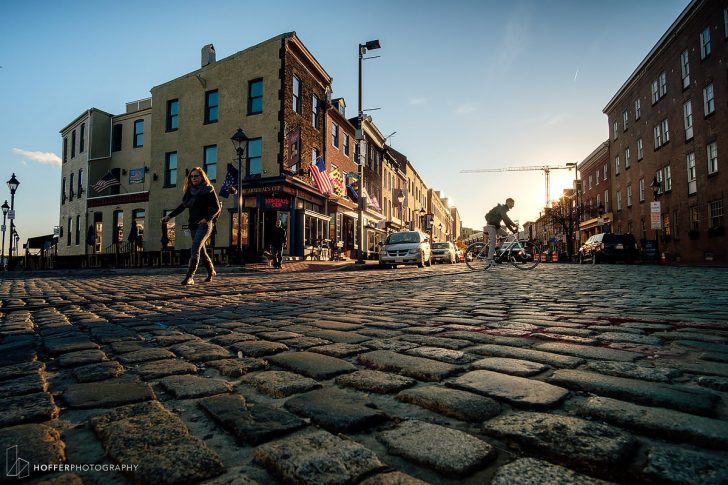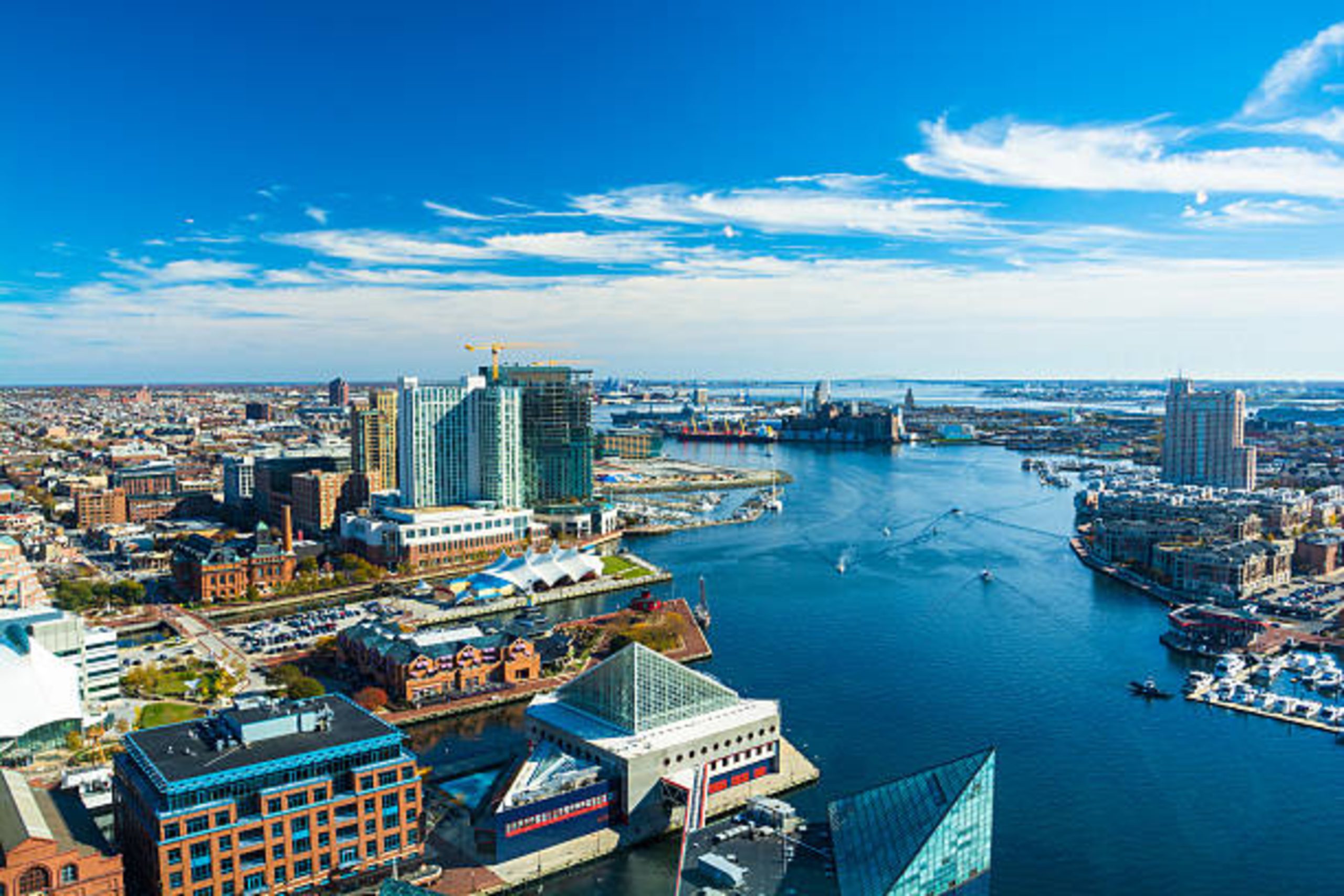Life in Baltimore: Beyond the Harbor and Crabs
Baltimore, Maryland, known as “Charm City,” blends big-city amenities with a tight-knit community vibe. It’s a top choice for D.C. commuters, young professionals, and families due to its rich history, vibrant neighborhoods, and affordability, according to the report of PODS.
Baltimore at a Glance
Baltimore is just an hour north of Washington, D.C., and two hours south of Philadelphia. With 570,000 residents and a metro area of 2.4 million, it’s Maryland’s largest city. Despite its size, the city has a youthful median age of 36 and covers 92 square miles.
Pros and Cons of Living in Baltimore
Baltimore offers a lower cost of living than the national and state averages with affordable home prices and convenient public transport. However, it has hot summers, cold winters, and high crime rates, so neighborhood safety is a consideration.

(photo: Travel Safe – Abroad)
Cost of Living
Baltimore is affordable, with a cost of living below the national average. The median household income is $58,349, but residents benefit from lower housing costs and rent, which averages $1,550 per month for a one-bedroom apartment.
Housing Market
Homeownership in Baltimore offers great value, especially for historic properties. The average home value is $183,200, much lower than the state and national averages. The city is known for its charming row houses in various historic styles.
Renters’ Market
With 52 percent of residents renting, Baltimore offers a range of rental options, from historic row houses to modern apartments. Rent varies from $700 to over $2,000 per month.
Top Neighborhoods
Baltimore’s neighborhoods each have a unique character. Federal Hill is harborside and popular with recent graduates. Hampden is trendy with colorful row houses. Mount Vernon has historic mansions and cultural institutions. Other neighborhoods include Canton, Fells Point, Harbor East, Remington, and Little Italy.
Transportation
Living car-free in Baltimore is easy with extensive public transit options, including buses, subway, light rail, and airport shuttles. Ride-sharing services are also available.
Climate
Baltimore has hot, humid summers and cold, wet winters. Summer temperatures can reach nearly 100°F, while winter temperatures often drop below freezing. The best times to enjoy the city are in spring and fall.
Independent City
Baltimore is an independent city, meaning it operates its own government separate from Baltimore County.
Smalltimore
Baltimore feels like a small town within a big city. Residents often encounter familiar faces, fostering a strong sense of community, though newcomers may take time to integrate.
READ ALSO: Crime Surge In Southern California: Aggravated Assaults And Retail Theft On The Rise
Crime and Safety
While Baltimore has a high crime rate, it is concentrated in specific areas. Safer neighborhoods include Inner Harbor, Mount Vernon, and Federal Hill. Researching neighborhood safety is essential for new residents.
Crab Culture
Baltimore is famous for its blue crabs, a local delicacy seasoned with Old Bay. The city offers various crab dishes, attracting both locals and tourists during the April to November crab season.
Conclusion
Baltimore offers urban living with a strong community feel, historic charm, and affordability. Despite crime and climate challenges, it remains an inviting option for those seeking a rich cultural experience.

















































